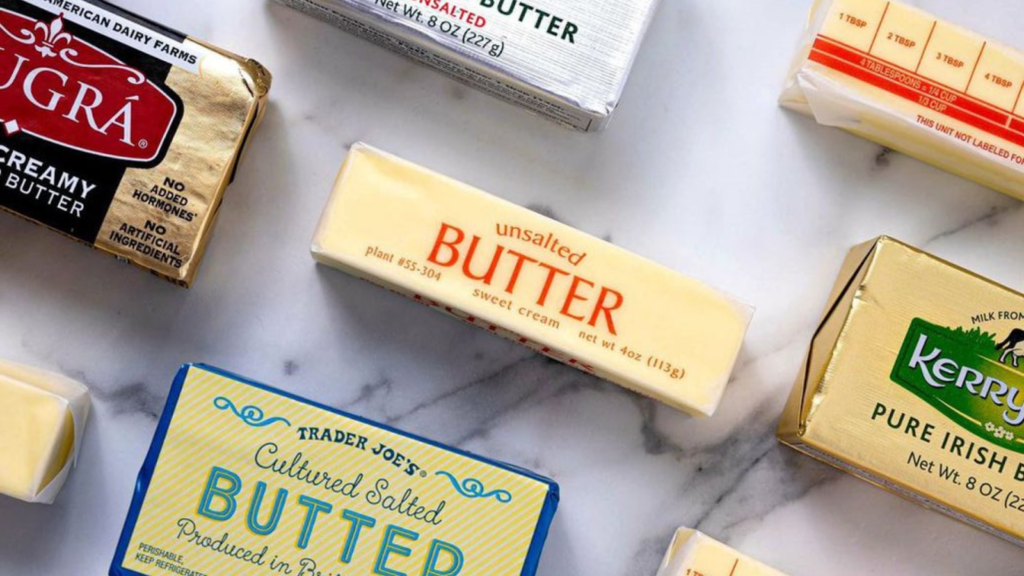Hey there, let’s talk about the unsung hero of our kitchens: Butter. Whether you’re slathering it on warm toast, folding it into flaky pastries, or giving your veggies a glossy finish, butter is the MVP.
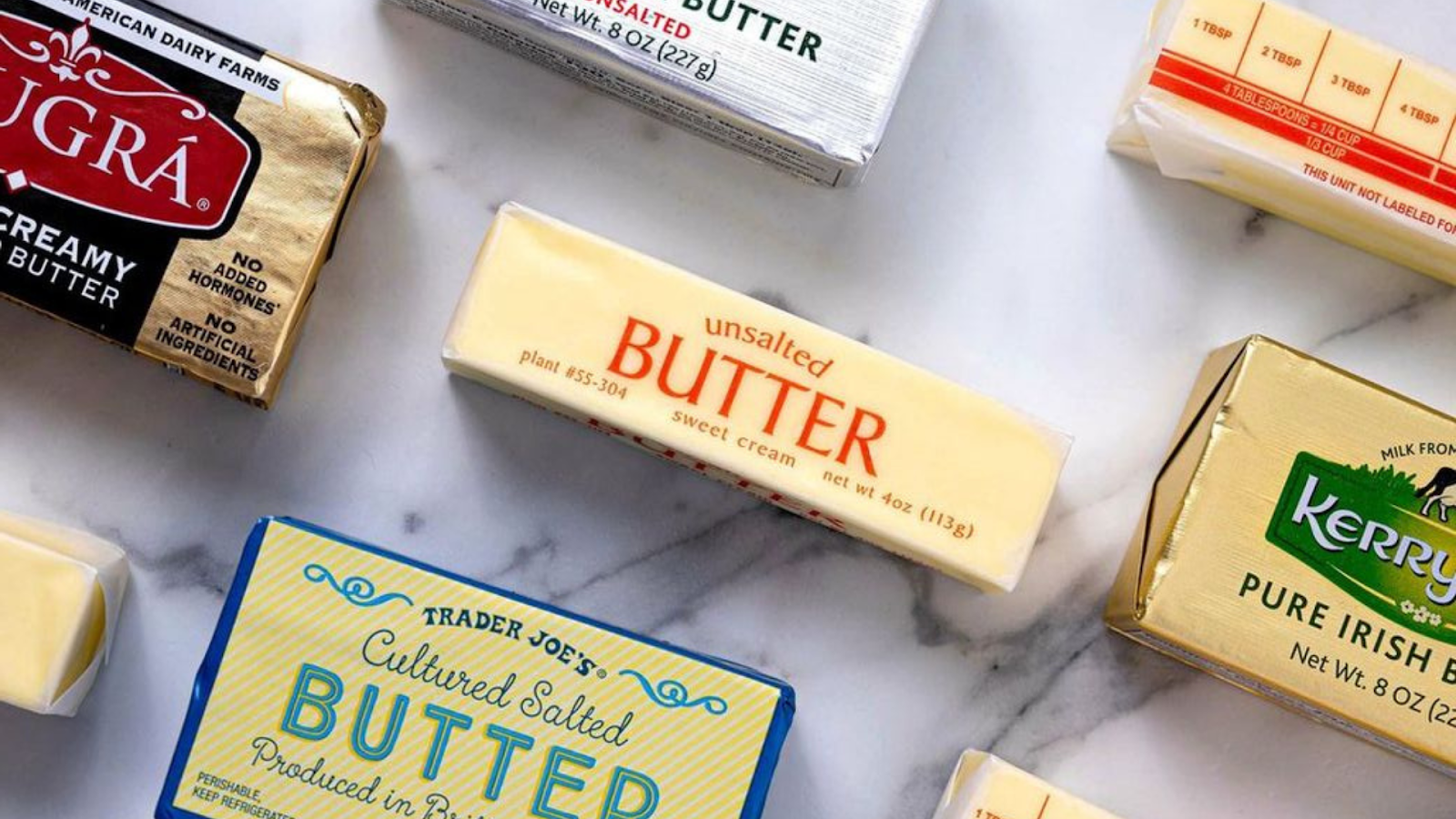
Source: Pinterest
But guess what? It’s not just delicious, it’s also your kitchen’s best-kept secret. We’re going to explore some cooking hacks that will make your life easier. So, get ready to butter up and level up your cooking game.
Brown Butter for Enhanced Flavor
Brown butter, also known as Beurre Noisette, is an easy yet effective way to give your food a rich, nutty flavor. To make brown butter, melt unsalted butter in a pan over medium heat, stirring occasionally, until the butter turns golden brown and begins to smell nutty.
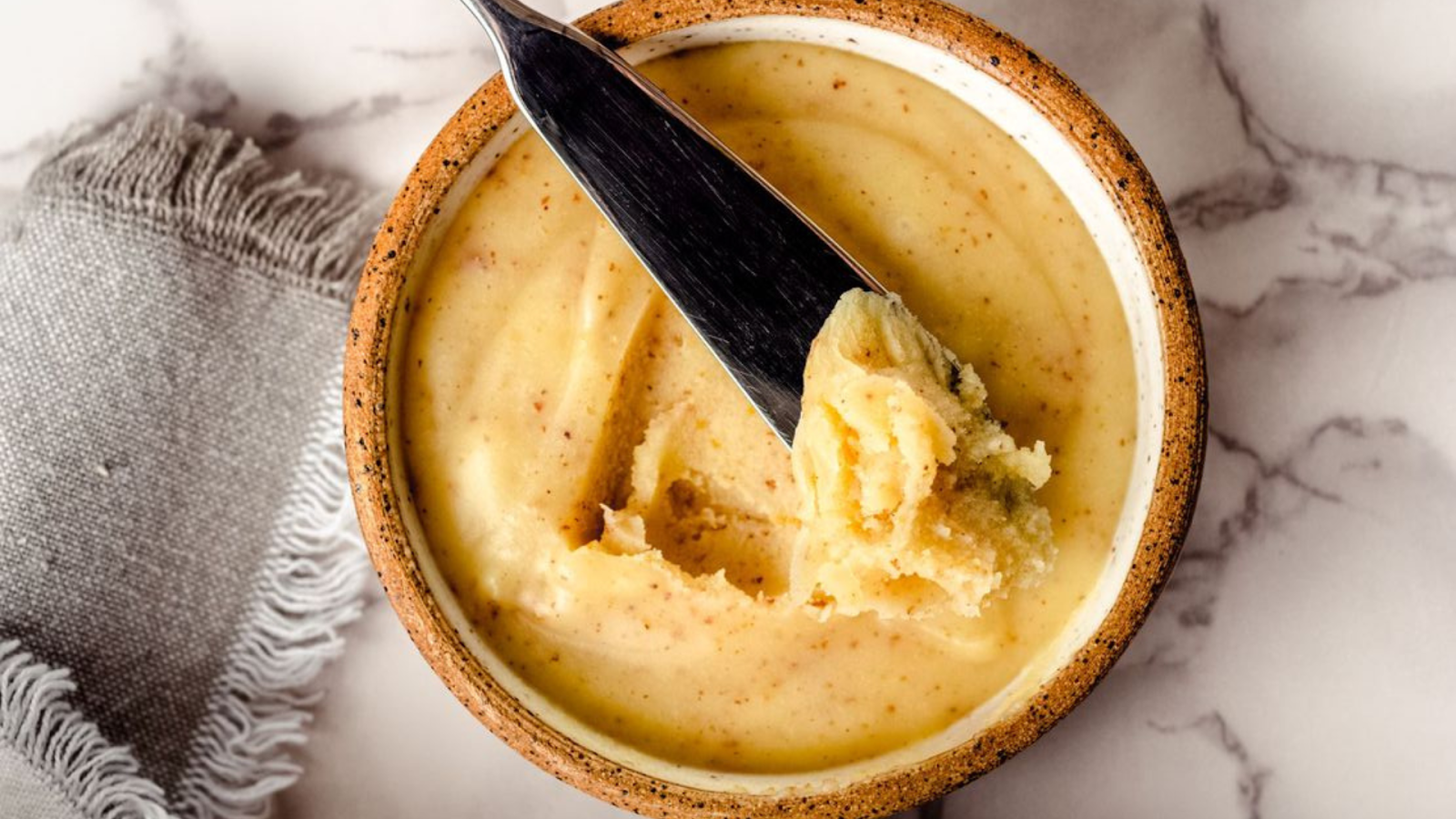
Source: Pinterest
Brown butter adds a sophisticated touch to baked items, sauces, pasta dishes, and even veggies. Its deep, caramelized flavor gives every dish a gourmet touch.
Butter Basting for Juicy Meats
To make sure meats like steak, poultry, and fish are juicy and tasty, chefs use a method called butter basting. Add a few tablespoons of butter, garlic cloves, and herbs like rosemary or thyme to the pan during the last few minutes of cooking.
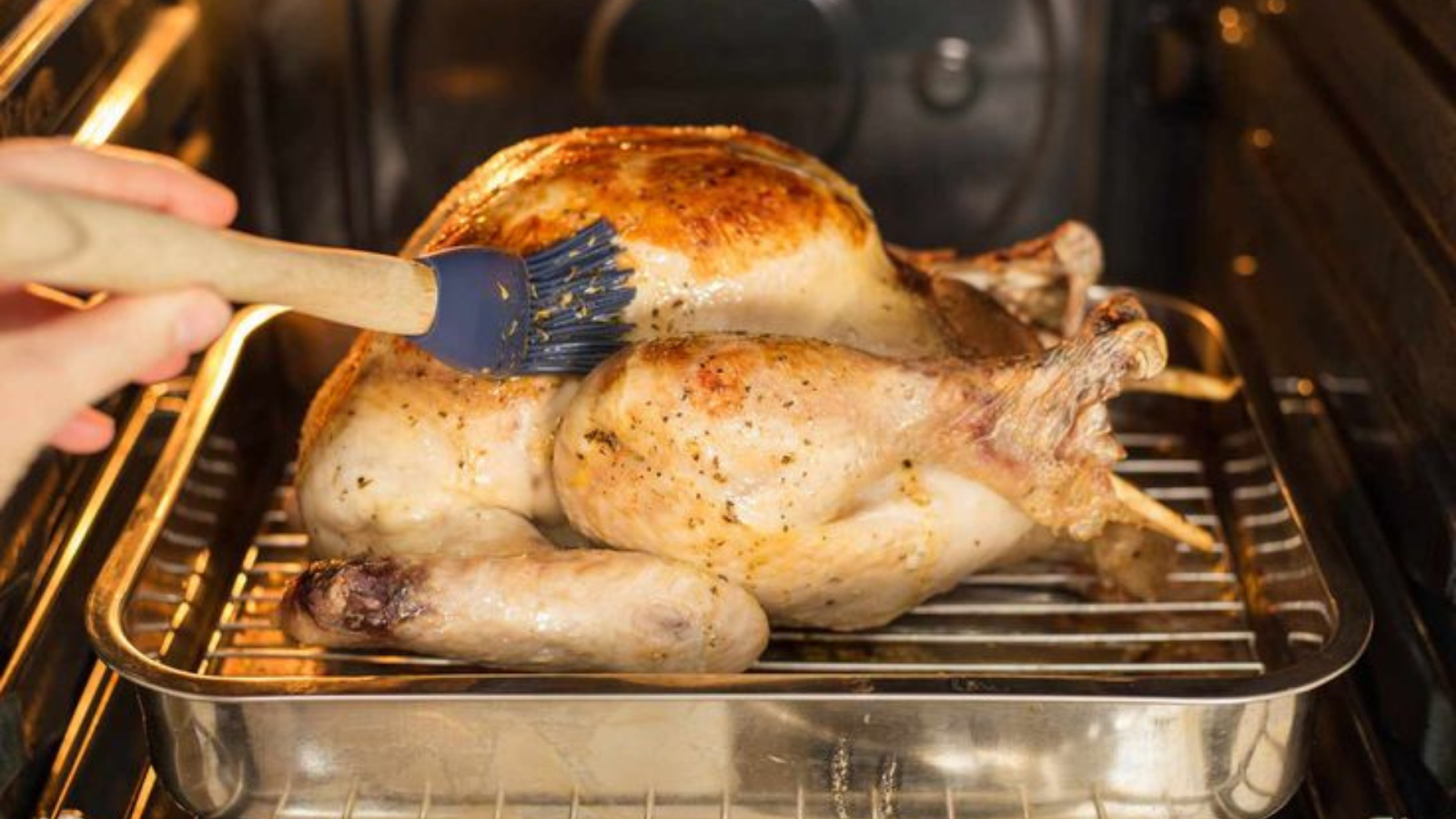
Source: Pinterest
Scoop the melted butter over the meat several times while tilting the pan. This gives a deep, aromatic flavor to the meat in addition to adding moisture.
Butter in Baking for Perfect Pastries
For flaky pastries, scones, and pie crusts, cold butter is essential. Before adding the butter to the flour, make sure it’s very cold and cut it into little cubes.
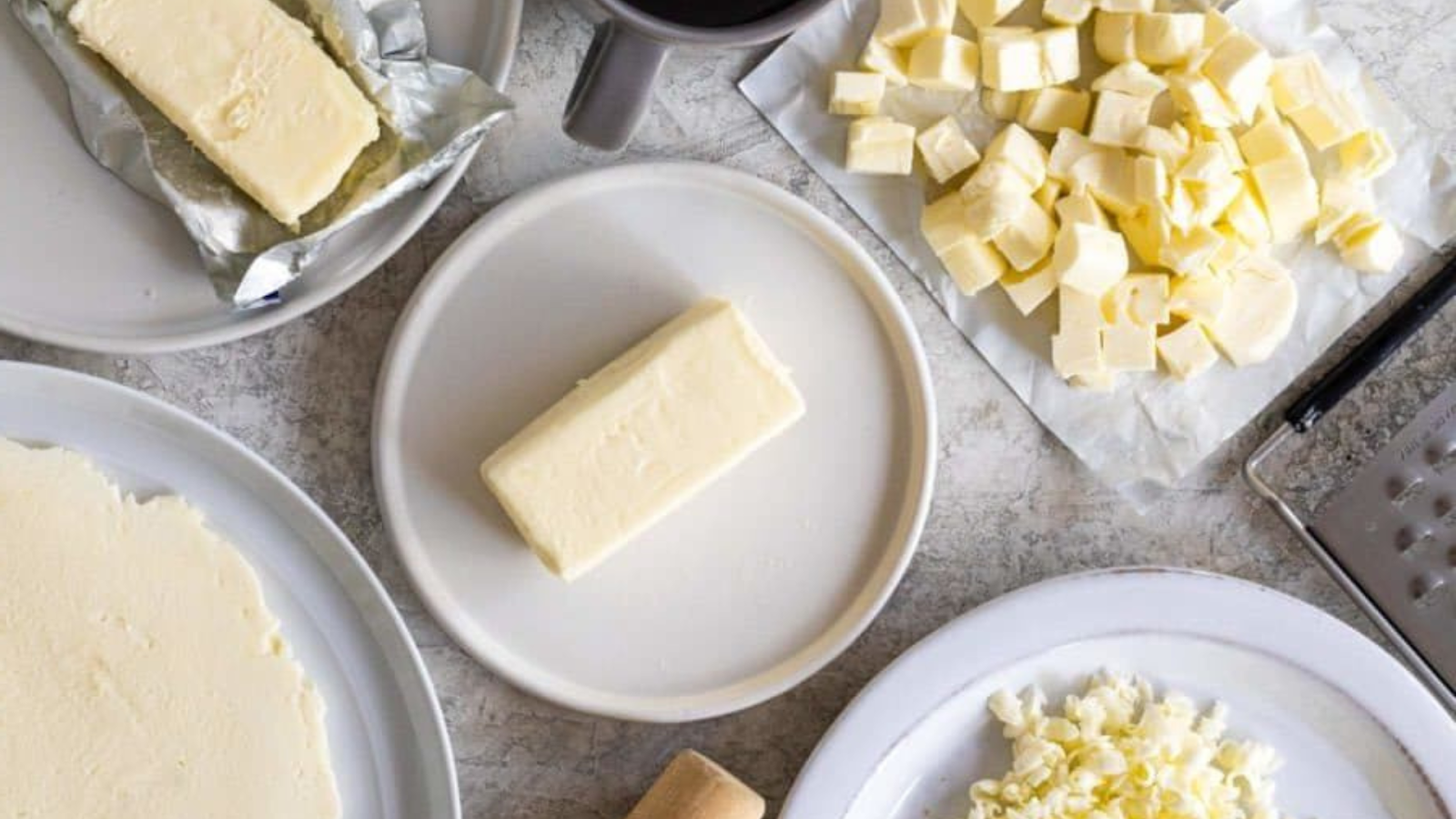
Source: Pinterest
By doing this, the butter is kept from melting too soon and develops pockets of steam that give it a light, flaky texture. Grate the butter straight into the flour mixture after freezing it for much better results.
Compound Butter for Added Flavor
Compound butter is just butter combined with other flavors, spices, or even the zest of citrus fruits. It’s a flavor-enhancing condiment that works well with a variety of meals.

Source: Pinterest
Try combining softened butter with honey and cinnamon for a sweet breakfast treat, or with garlic and parsley for a tasty garlic bread spread. Another way to use compound butter is to wrap it in a log, chill it, and then slice it to put on top of grilled meats or veggies.
Butter to Finish Sauces
The process of finishing a sauce with a pat of cold butter is called monter au beurre, it adds a glossy, velvety texture and enhances the flavor.
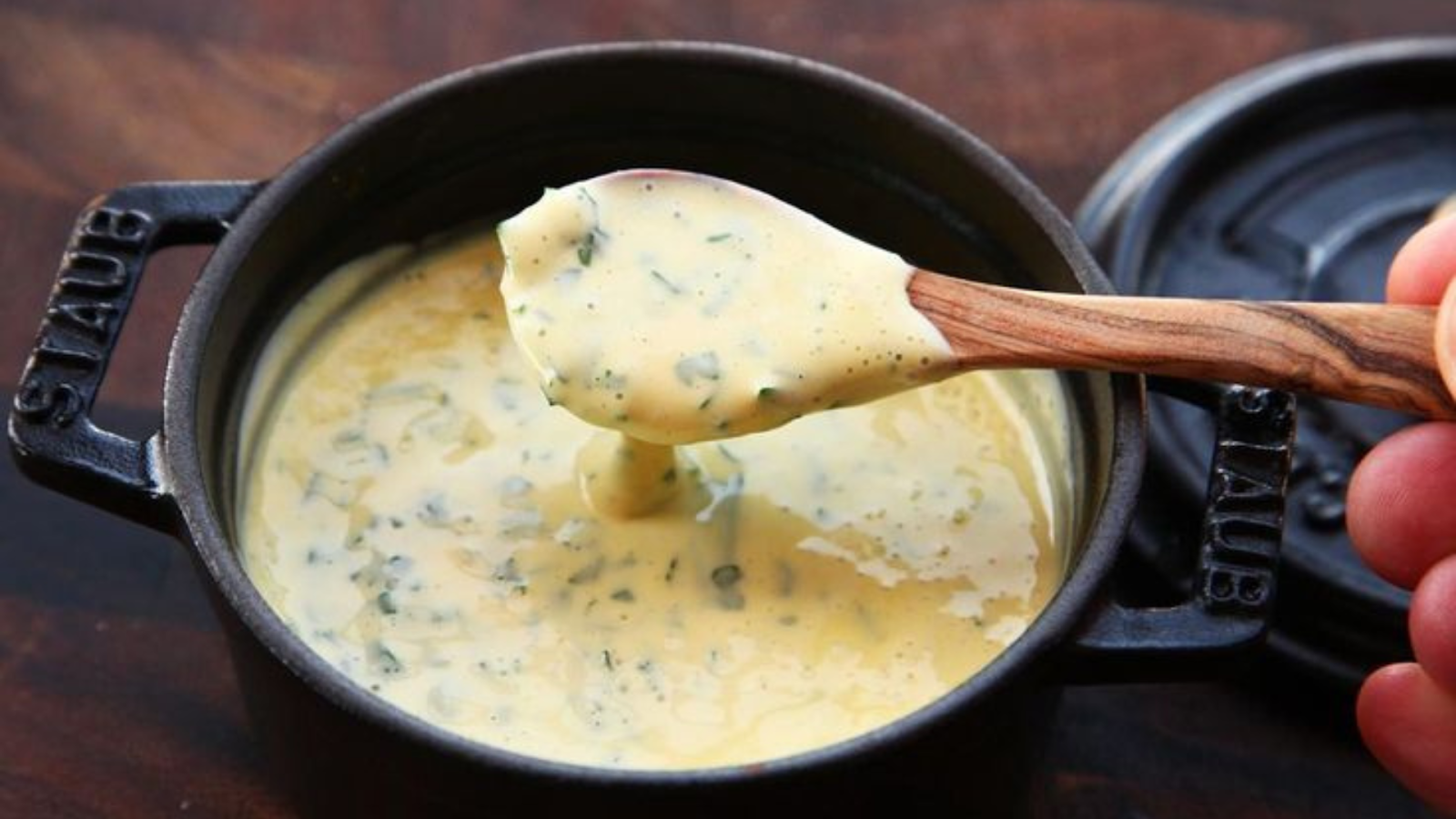
Source: Pinterest
When the consistency of your sauce is achieved, take it off the stove and toss in the butter, stirring until it melts and is well combined. This works wonderfully for gravies, pasta sauces, and pan sauces.
Buttered Herbs for Grilling
To add herbaceous flavor to your grilled foods, prepare buttered herbs. Before grilling, melt butter, combine it with chopped fresh herbs, and brush it over meats, shellfish, or vegetables.
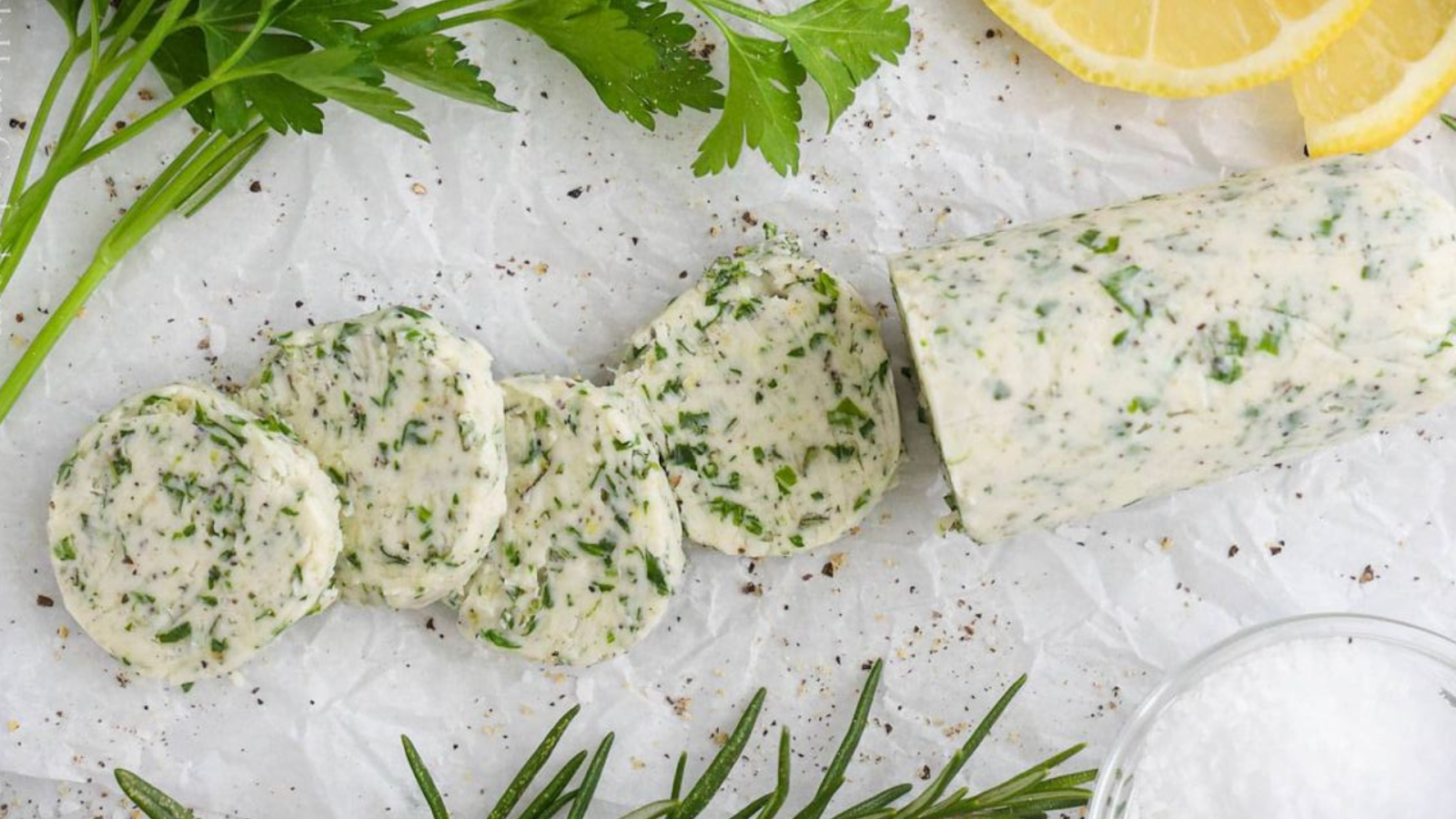
Source: Pinterest
In addition to adding a delightful, aromatic layer of flavor, the butter helps avoid sticking. This hack is great for shrimp skewers, chicken breasts, and grilled corn. So give it a try.
Butter for Caramelizing Onions
Many recipes benefit from the sweet, savory depth that caramelized onions bring, and butter can aid in achieving the ideal caramelization. Add a substantial amount of butter to the onions and cook slowly over low heat.
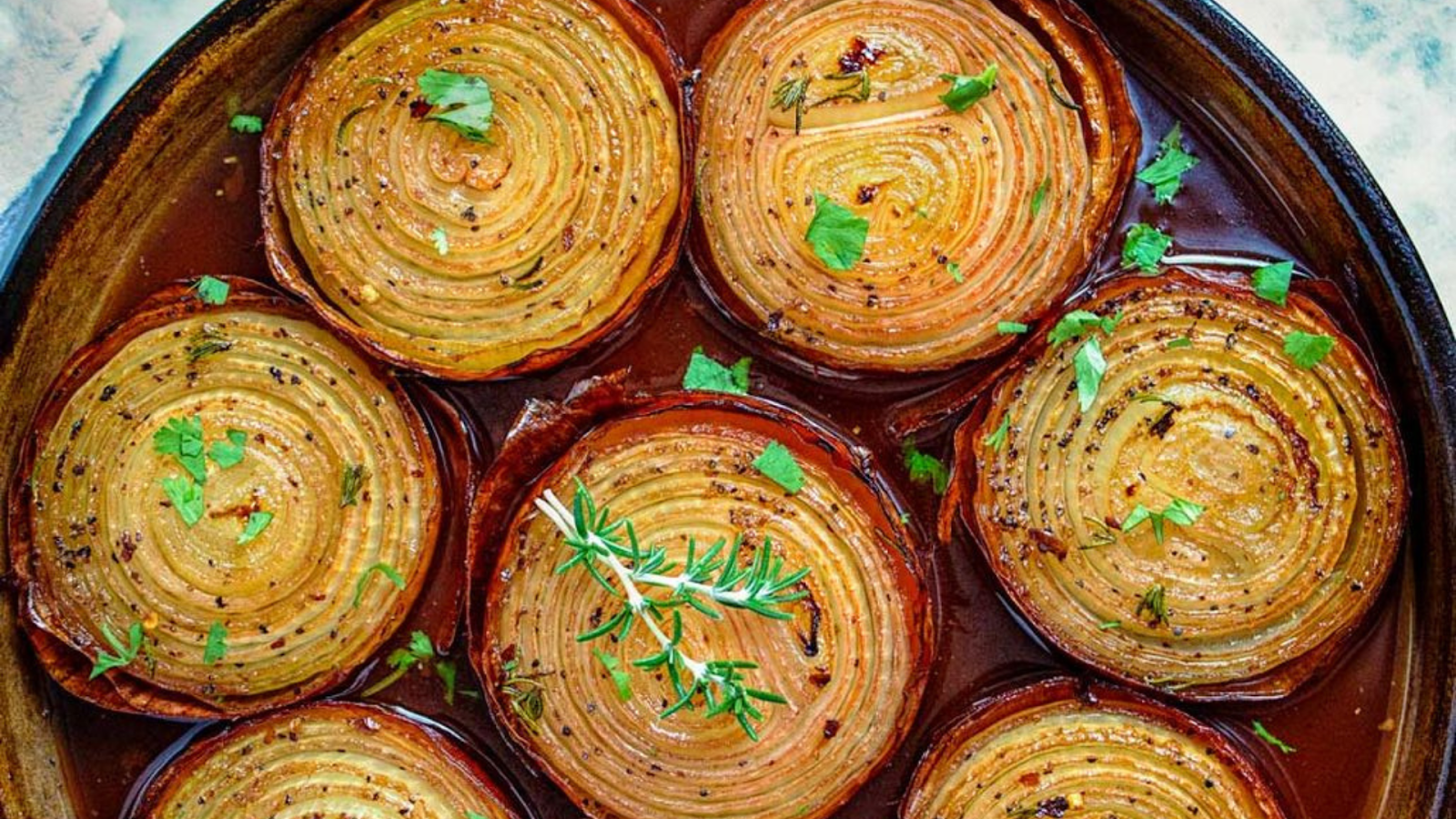
Source: Pinterest
The butter’s fat contributes to the onions’ even cooking and deep, sweet flavor development. For a gourmet touch, add caramelized onions to tarts, burgers, and soups.
Butter in Mashed Potatoes
You can use lots of butter to make the creamiest mashed potatoes possible. A smoother, richer texture is produced when the fat in butter binds the starch in potatoes.
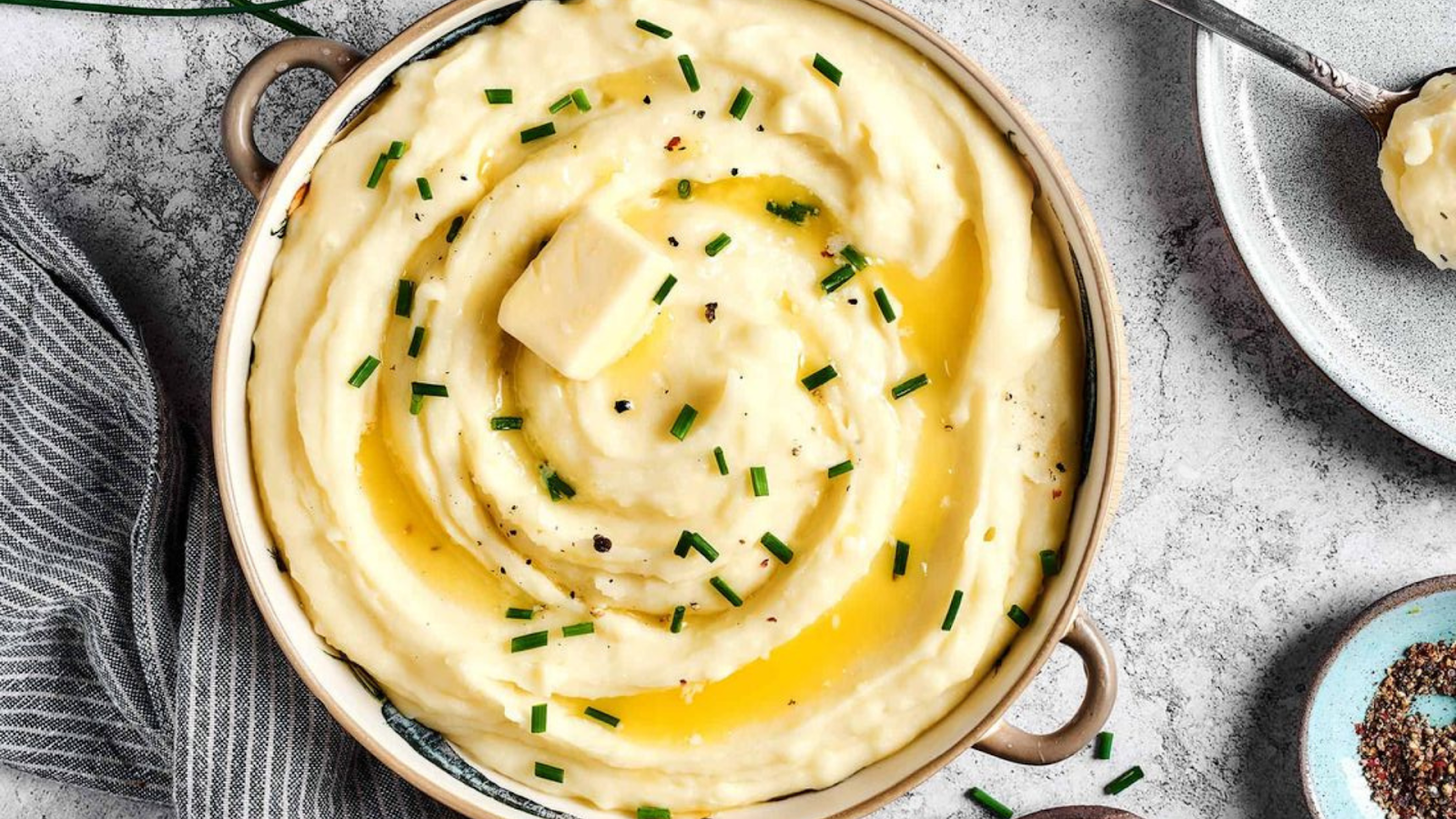
Source: Pinterest
Mix some browned butter into your mashed potatoes to add an extra bit of richness. This traditional side dish is made even more delightful by the nutty taste of browned butter.
Butter for Baking Moist Cakes
Cakes taste better and are moister when made with butter. To enable it to thoroughly cream with sugar when baking, make sure your butter is room temperature. Tiny air pockets are produced during this procedure, giving a fluffy, light appearance.
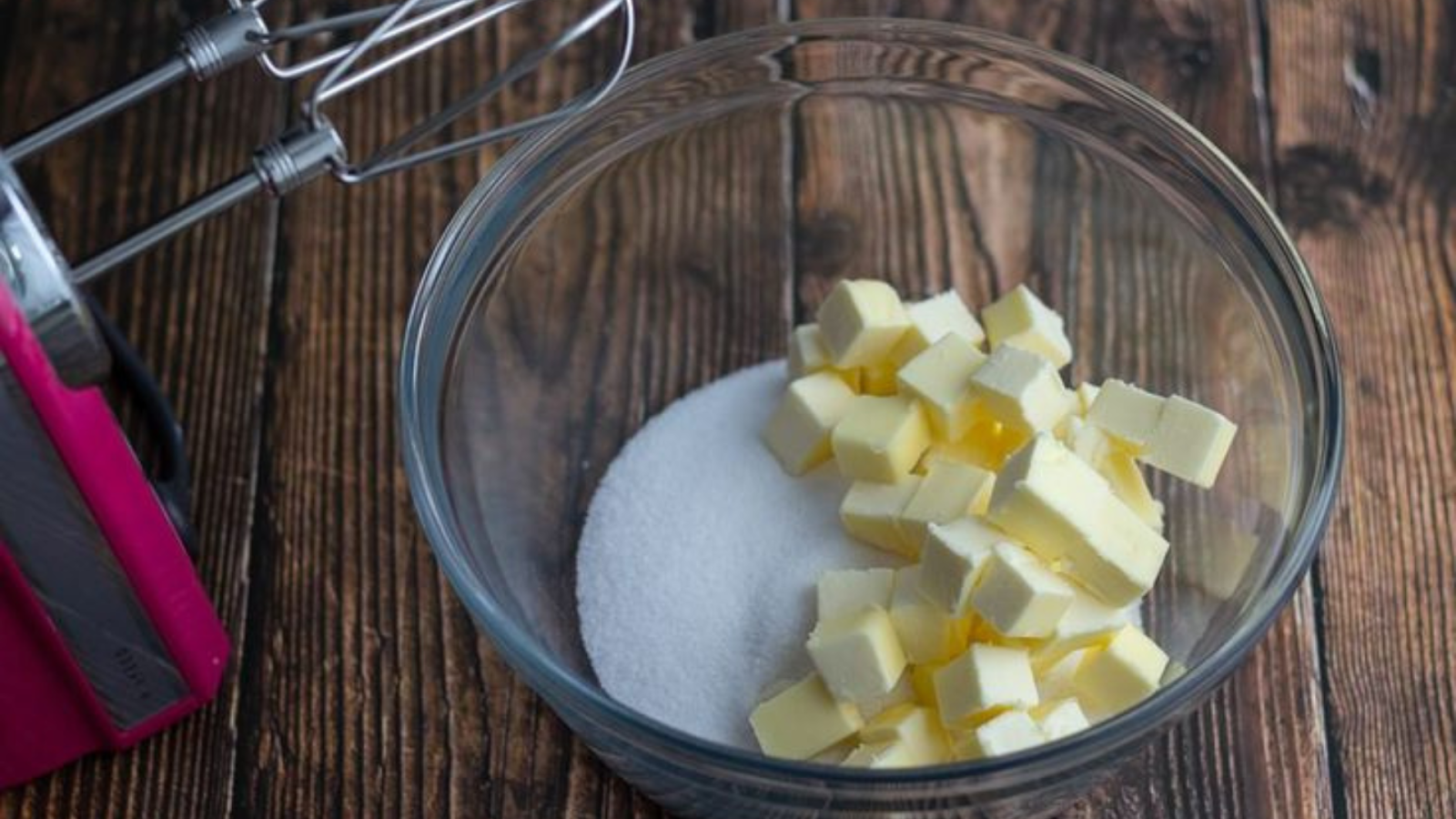
Source: Pinterest
Sour cream or yogurt can be used in place of some of the butter to increase the moisturizing factor and give your cakes a rich, tangy flavor.
Butter for Crispier Cookies
To make cookies chewy inside and crunchy outside, butter is a necessity. A denser, chewier texture can be achieved by melting the butter before adding it to the sugar mixture.

Source: Pinterest
To get the ideal combination of crisp borders and soft interiors, it is also possible to stop the cookies from spreading too much by chilling the cookie dough for at least an hour before baking.
Butter for Glazing Vegetables
For a simple yet elegant vegetable dish, glaze them with butter. Butter with a small amount of water or broth is used to cook vegetables like carrots, green beans, and Brussels sprouts.
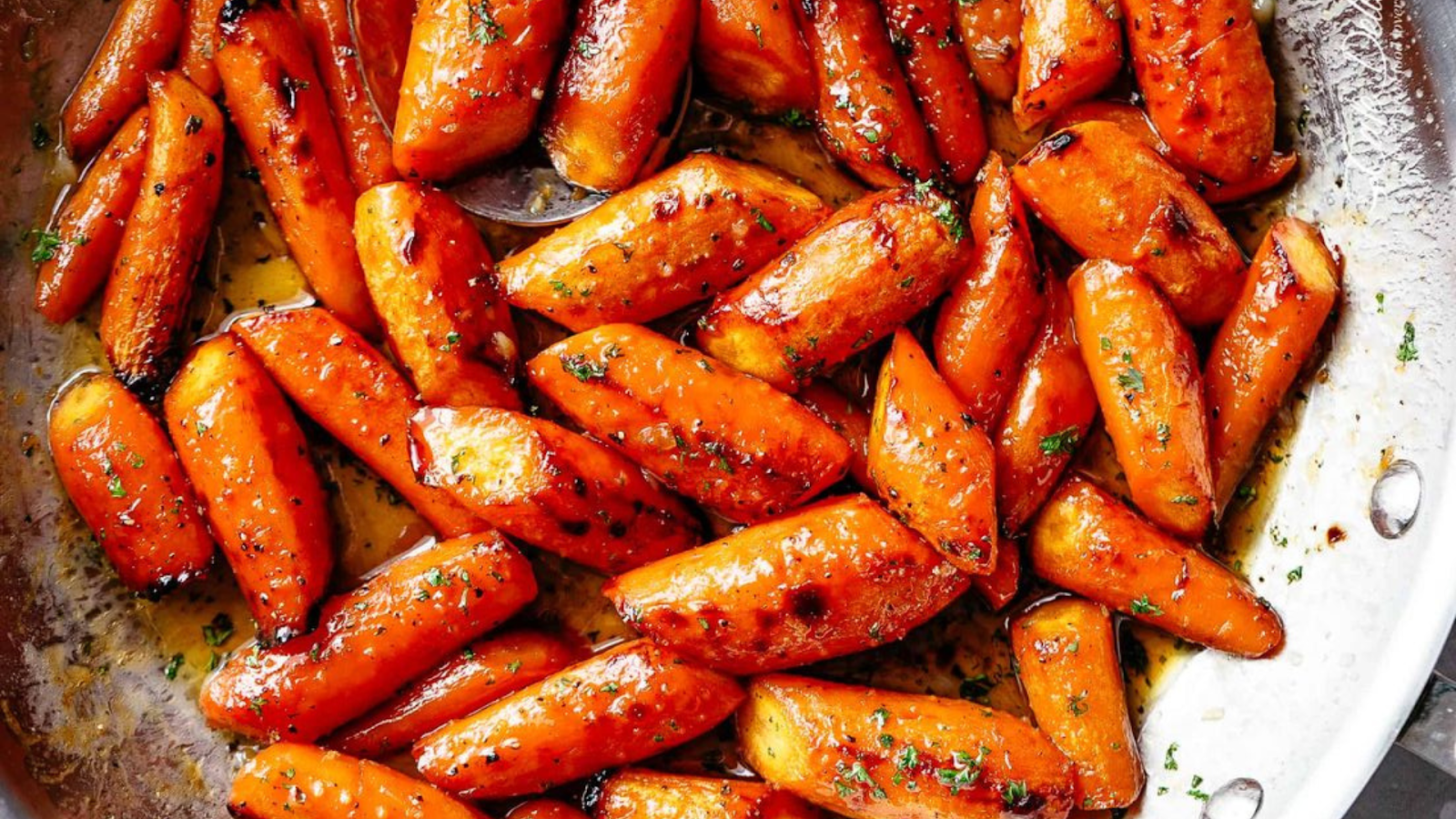
Source: Pinterest
A lustrous, savory glaze is created when the liquid reduces and elegantly coats the veggies. Add some brightness by squeezing in some lemon juice or finishing with a sprinkle of fresh herbs.
